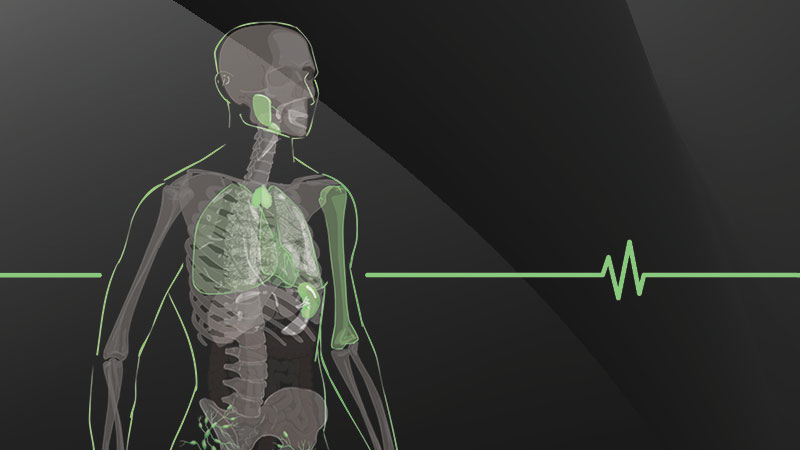The healthcare industry was already in a period of rapid change prior to the emergence of the COVID-19 pandemic. With increased digitalization and expansion, the distributed systems that keep applications running and data flowing were straining to keep up with demand.
Then the pandemic hit, and a new challenge was dropped in the laps of healthcare IT managers: helping their organizations manage the sudden transition from in-person care to telehealth. The shift was so dramatic it can be startling to look at the numbers—some providers saw hundreds of times more telehealth patients in the month of April than they did in all of 2019. And, this spike will almost certainly accelerate long-term adoption of telehealth as providers, patients and regulators gain valuable experience on its many benefits.
Edge technology, including closets within hospitals and remote facilities, will play an important role in optimizing telehealth service delivery, strengthening the business case for updating dated closet infrastructure.
Organizations planning an upgrade to the power and cooling infrastructure that supports technology systems within closets must now consider more robust technologies for new closet designs. Whether you are designing closets for a new building or embarking on a technology refresh driven by digitalization and telehealth, these five best practices can help you optimize closet infrastructure for reliability, scalability and manageability:
- Standardize where you can.
New construction is the perfect time to consider a “standard” design that can help drive costs down and simplify ongoing operation and maintenance. Start by categorizing designs based on the size and criticality of the space. As you plan, consider backup power requirements to support reliability, rack sizes and types, remote monitoring capabilities, and cooling options for optimizing environmental conditions.
- Organize for access and security.
Most network closets have limited space. To enable efficient maintenance and troubleshooting, you should use cable management to help keep the rack area organized and clear of cluttered data, power and network cables. If you support the cables, you can better facilitate efficient modifications, additions or changes to your network systems.
- Optimize for energy efficiency.
Although it may not seem like it, network closets can be quite the power consumers. As the number of closets multiplies and the density of each closet increases, the need for dedicated cooling will likely increase, which will increase power usage. Planning ahead to enable energy measurement through smart power distribution units can help you monitor and manage energy usage.
- Enable remote monitoring and management.
Smart hardware, connectivity tools, software and sensors can give you visibility and control across hundreds of closets from a centralized location. Just as important, you should monitor power usage and fluctuations, as well as environmental conditions, including temperature and humidity, to improve uptime and efficiency while reducing operating costs.
- Secure data and equipment.
In the heavily regulated healthcare environment, patient privacy protection is paramount. If closet access isn’t secure, you may need to implement rack-level security, including simple key locks, biometric locks or fobs. You may also need to control access to network cables. If networking equipment is hosted in the closet, you should apply the same access requirements to network closets as you’d have for your data center or server room.
These best practices can help put your network closet build or refresh on the right track and can make sure you can keep up with increased demand for telehealth services. But there are still numerous decisions to be made depending on the criticality and capacity of the network closets in a particular facility, from selecting the right type of UPS to determining the best approach to remote monitoring. To help you answer these questions, Vertiv has published a new white paper, Infrastructure Configuration Guide for Healthcare Network Closets. To download the white paper, visit this URL.





